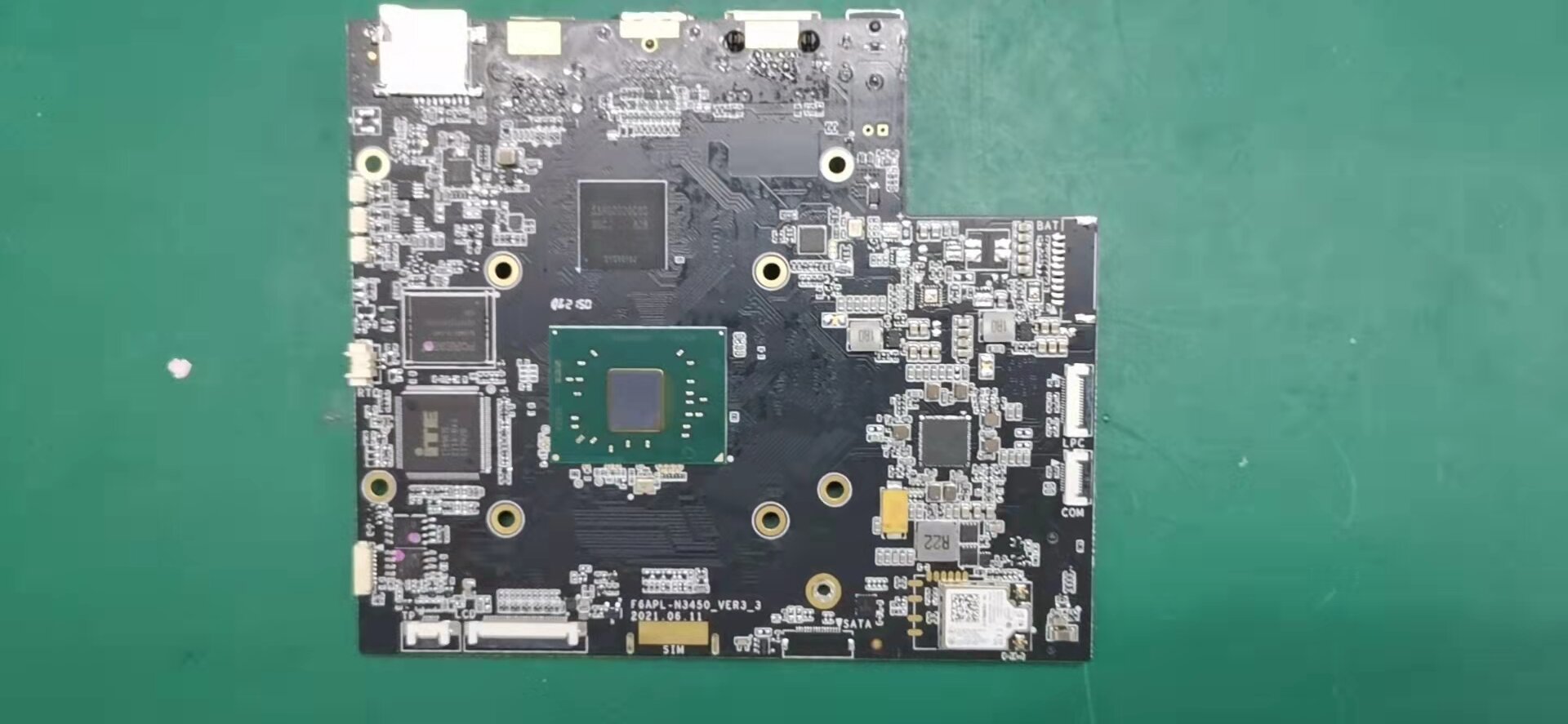Industrial Panel PC eMCP and uMCP Introduction
eMCP is a smartphone memory standard that combines eMMC and LPDDR packages. Compared with traditional MCP, eMCP has a built-in NAND Flash control chip, which can reduce the computational burden of the main chip and manage larger capacity. of flash memory. In terms of appearance design, whether it is eMCP or eMMC embedded memory design concept, it is to make the appearance of smart phones thinner and more space-saving. uMCP is a smartphone memory standard that combines UFS and LPDDR packages. Compared with eMCP, the domestic uMCP is more prominent in performance, providing higher performance and power saving.

Due to the serious shortage of NAND Flash market in 2016, the prices of eMMC and UFS have risen, and the highest cumulative price of eMMC has increased by more than 60%, which has also widened the price gap between eMMC and UFS. , Low-end mobile phones still use domestic eMMC and eMCP as the mainstream storage solutions, and UFS2.1 is still used in mid-to-high-end mobile phones.
eMMC is to package the NAND Flash chip and control chip together, and eMCP is to package eMMC and LPDDR together. For mobile phone manufacturers, in the critical period when the storage industry is in a shortage tide, it is necessary to ensure both the Mobile DRAM required for mobile phone shipments and the supply of eMMC. Inventory control is quite difficult. The preferred solution for mobile phones.
In the early smart phones, the mainstream storage solution was NAND MCP, which encapsulates SLC NAND Flash and low-power DRAM together, which has the advantages of low production cost. As smart phones have higher requirements for storage capacity and performance, especially with the widespread popularity of the Android operating system, and a large number of programs and software pre-installed by mobile phone manufacturers, the demand for large capacity is increasing.
Compared with the traditional MCP, eMCP can not only increase the storage capacity and meet the large-capacity requirements of mobile phones, but also the embedded control chip can reduce the burden of the main CPU operation, thereby simplifying and better managing large-capacity NAND Flash chips. And save the space of the mobile phone motherboard.
eMCP is favored by low-end customers and is still widely used in low-end mobile phones. The main reason is that eMCP has the advantage of high integration, including eMMC and low-power DRAM chips, which can simplify mobile phone PCBs for terminal manufacturers. The circuit design of the board shortens the delivery cycle.
Secondly, eMCP encapsulates eMMC and low-power DRAM, which is lower than the separate purchase price of eMMC and mobile DRAM, which is conducive to reducing costs for low-end mobile phones, especially in the first two years of NAND Flash and mobile DRAM. When DRAM prices are rising, transactions and bargaining are more favorable.
uMCP conforms to the development trend of UFS and meets the needs of 5G mobile phones
High-end smartphones are based on high performance requirements, and CPU processors need to communicate with DRAM at high frequency, so high-end flagship mobile phone customers prefer to use CPU and LPDDR for POP packaging, discrete eMMC or UFS storage solutions, so the circuit design is simple , which can reduce the difficulty of engineers in designing PCBs, reduce the interference of communication signals between CPU and DRAM, and improve the performance of terminal products. With the increase in production difficulty, production costs will also increase.
The development of 5G mobile phones will continue to penetrate from high-end phones to low-end phones to achieve full popularization. It also puts forward higher requirements for large-capacity and high-performance. uMCP is in line with the development trend of eMMC to UFS.
Combining LPDDR and UFS, uMCP not only has high performance and large capacity, but also occupies 40% less space than the solution of PoP + discrete eMMC or UFS, reduces memory chip occupation and enables more flexible system design, and realizes High-density, low-power storage solutions for smartphone designs